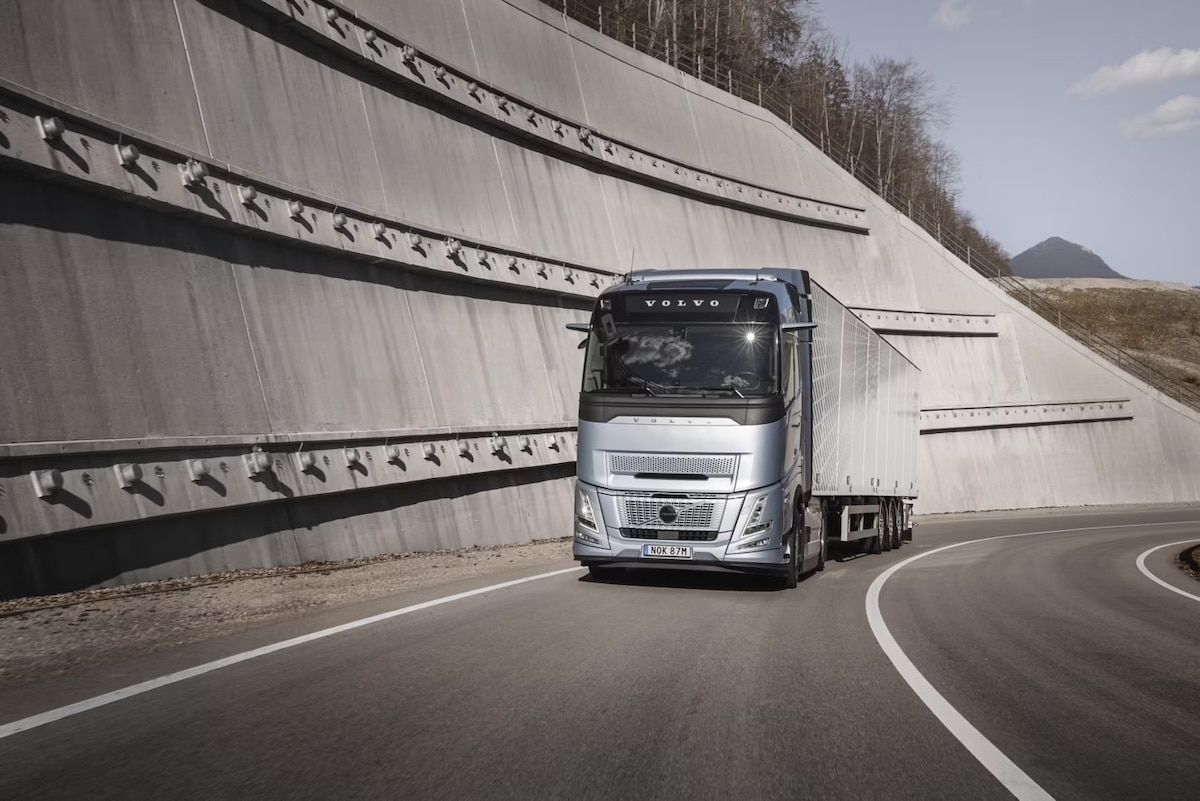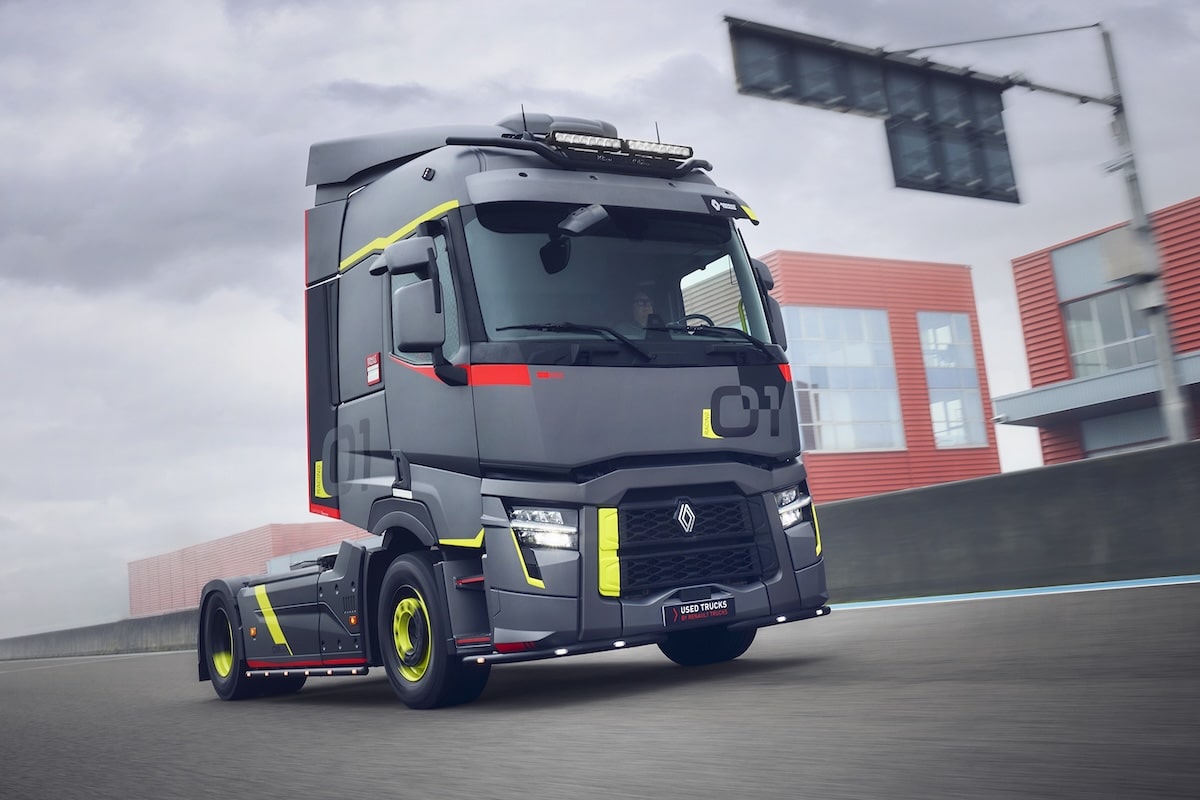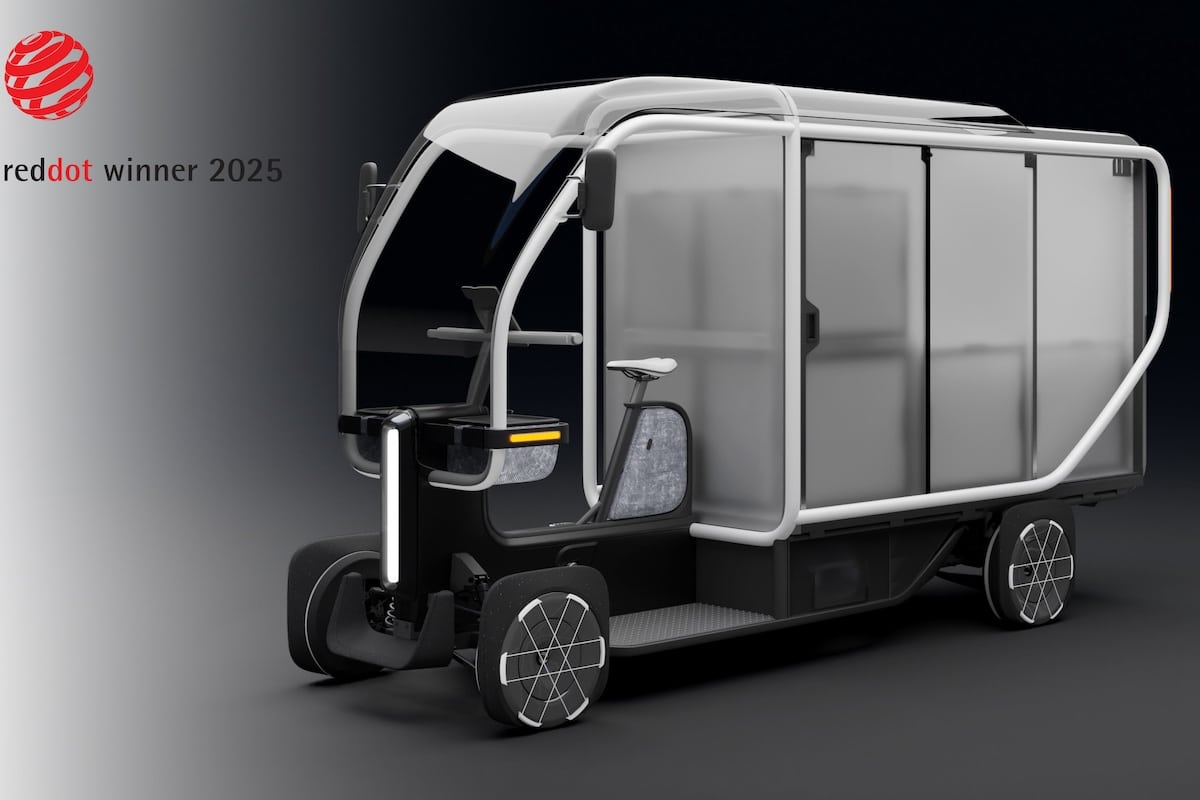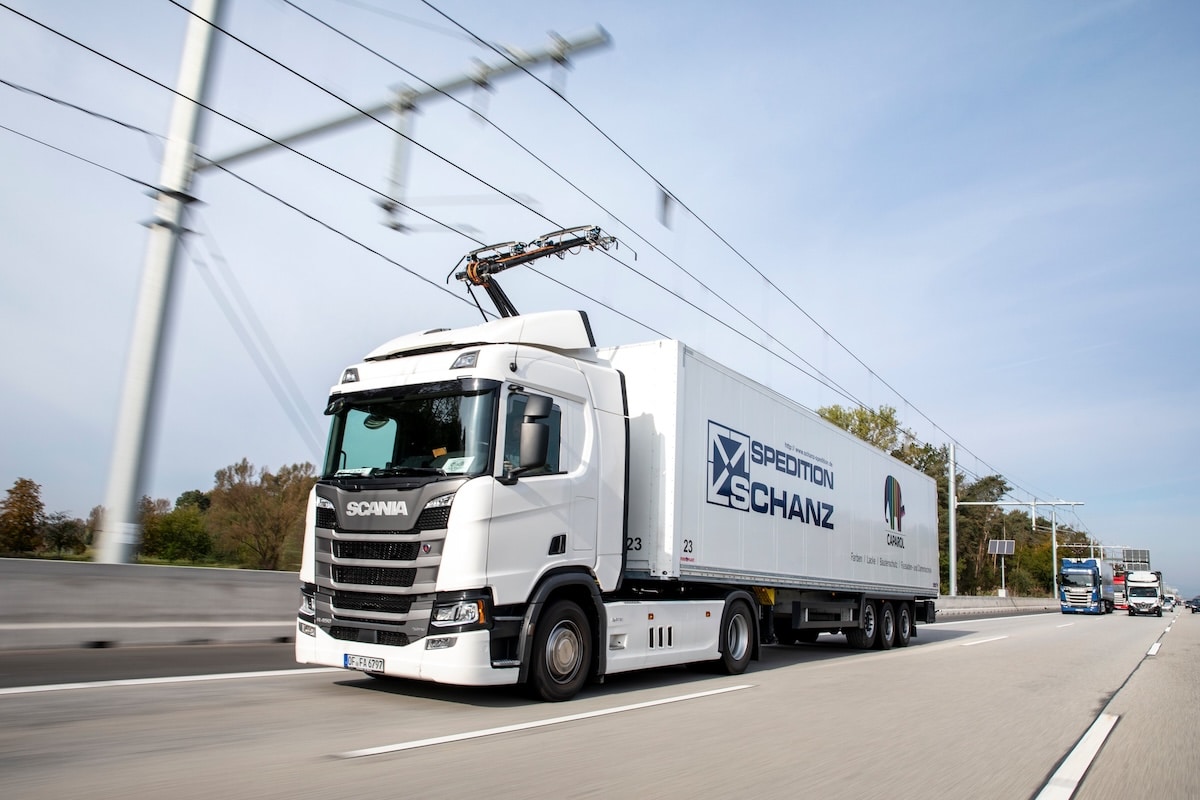Can We Welcome Electric Trucks?
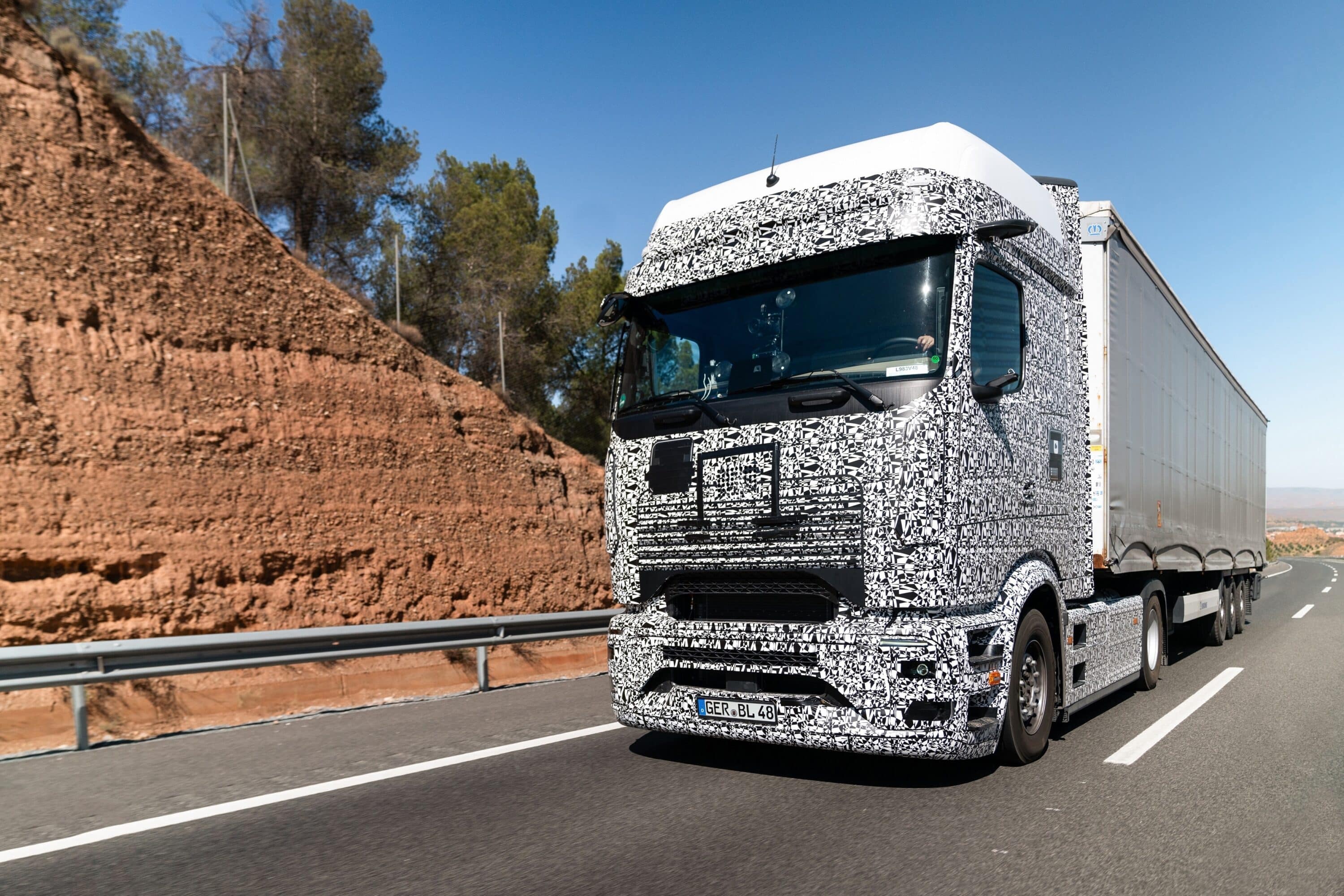
The leading players in the field have joined forces to assess the energy needs of electric truck transportation.
While in the United States, Tesla has already entrusted a fleet of its electric trucks to Pepsi to evaluate their performance, in France we are only at the beginning of this virtuous transition. Enedis, VINCI Autoroutes, TotalEnergies, and six European manufacturers—Volvo Trucks, Renault Trucks, Mercedes-Benz Trucks, MAN Truck & Bus France, Scania, and Iveco—have jointly initiated a study on electric charging infrastructure for heavy-duty vehicles. The goal is to identify needs to make widespread use of electric long-haul trucks possible.
Do We Have Enough Energy?
The initial results already indicate that charging along the main French roads could represent, by 2035, an energy demand of up to 3.5 TWh per year. This should be compared with France’s annual consumption, which is about 460 TWh. It would also imply a maximum power draw over the year reaching up to 1.15 GW during peak demand, while the national peak was 87 GW in 2022. This additional energy consumption and power demand are significant but could be integrated into the grid without major difficulties, even with a substantial increase in the vehicle fleet.
What Infrastructure for Trucks?
More problematic, it will be necessary to accommodate these trucks during recharging. The needs would involve deploying nearly 10,000 CCS charging points for long stops and 2,200 fast MCS charging points by 2035. These estimates consider a “high” scenario with 30% electric heavy-duty vehicles in the fleet performing 25% of long-distance trips by 2035. Given how quickly private vehicles are electrifying, it would not be unreasonable to increase these figures to avoid a disastrous situation when all manufacturers enter the market.
A World in Fast Motion
The electric heavy-duty truck with batteries is currently the main “zero emission at the tailpipe” technology that manufacturers have chosen to develop. Recent vehicles such as the Tesla Semi or Mercedes eActros 600 report a range exceeding 4 hours and 30 minutes, enabling long-distance freight transportation with recharges during regulatory breaks. The road is already open to them, but attention must be paid to how they are received.
ALSO READ > Tesla Family Photo
This page is translated from the original post "Pouvons-nous accueillir les camions électriques ?" in French.
We also suggestthese articles:
Also read
